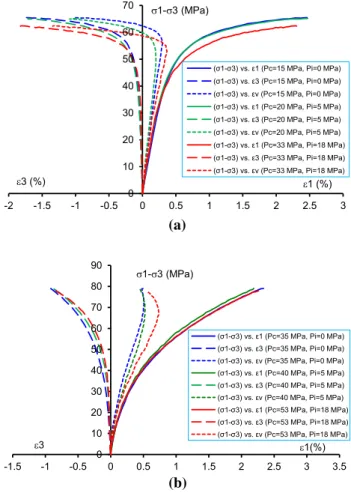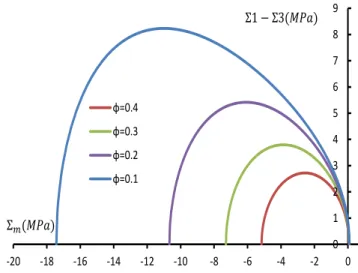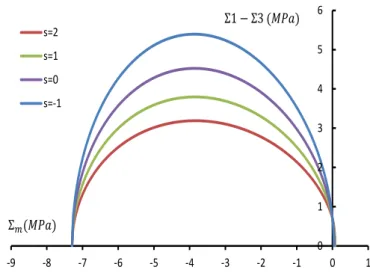Pépite | Etude expérimentale du calcaire et la constitution de modèle micro-macro pour les roches typiquement poreuses
Texte intégral
Figure

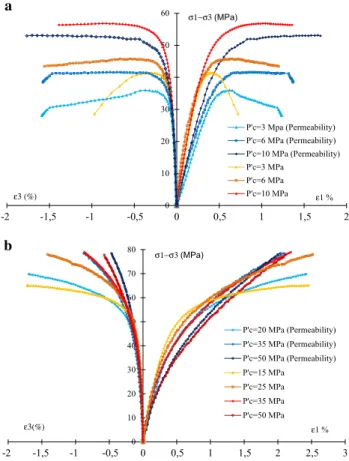
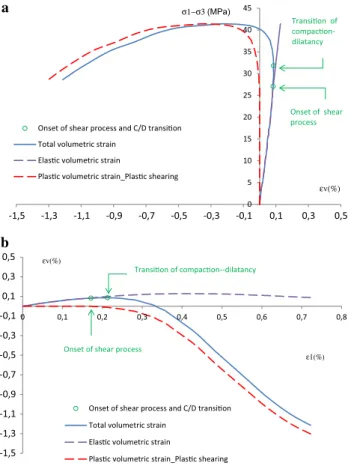
![Fig. 1 Comparisons of stress–strain curves between drained triaxial compression tests with a constant pore pressure (P i = 5 MPa) [14]](https://thumb-eu.123doks.com/thumbv2/123doknet/3627322.106664/33.892.462.810.117.635/comparisons-stress-strain-drained-triaxial-compression-constant-pressure.webp)
Documents relatifs
After a short description of the mechanisms involved in the degradation of cement paste, we present a reactive transport calculation in 3D-cylindrical geometry in
La figure 5a montre les résultats obtenus dans le cas du sable dense soumis à un essai de compression isotrope jusqu’à 1 MPa : la déformation axiale d’un échantillon
Abstract – Micro-pillar compression tests were used to study the mechanical behavior of a stainless steel treated by SMAT (Surface Mechanical Attrition Treatment), particularly
The compressibility and the thermal expansion of the drainage system along with the dead volume of the fluid filling this system, influence the measured pore pressure and
Perception of a satured porous medium at the macroscopic (a) and microscopic (b) scales in the current configuration at time t. small enough when compared with the
In even the simplest business cycle theories there is lacking symmetry in the conditions of equilibrium so that there is no possibility of directly reducing the problem to that of
We consider a microscopic traffic model on a convergent junction with two incoming roads and one outgoing road. The branches of the junction are glued at the point 0.. strictly
The difference between the strains in the cracks and on the boundaries of the cracks increases with time (Fig. It is obvious that the deformations in zone III caused by the
